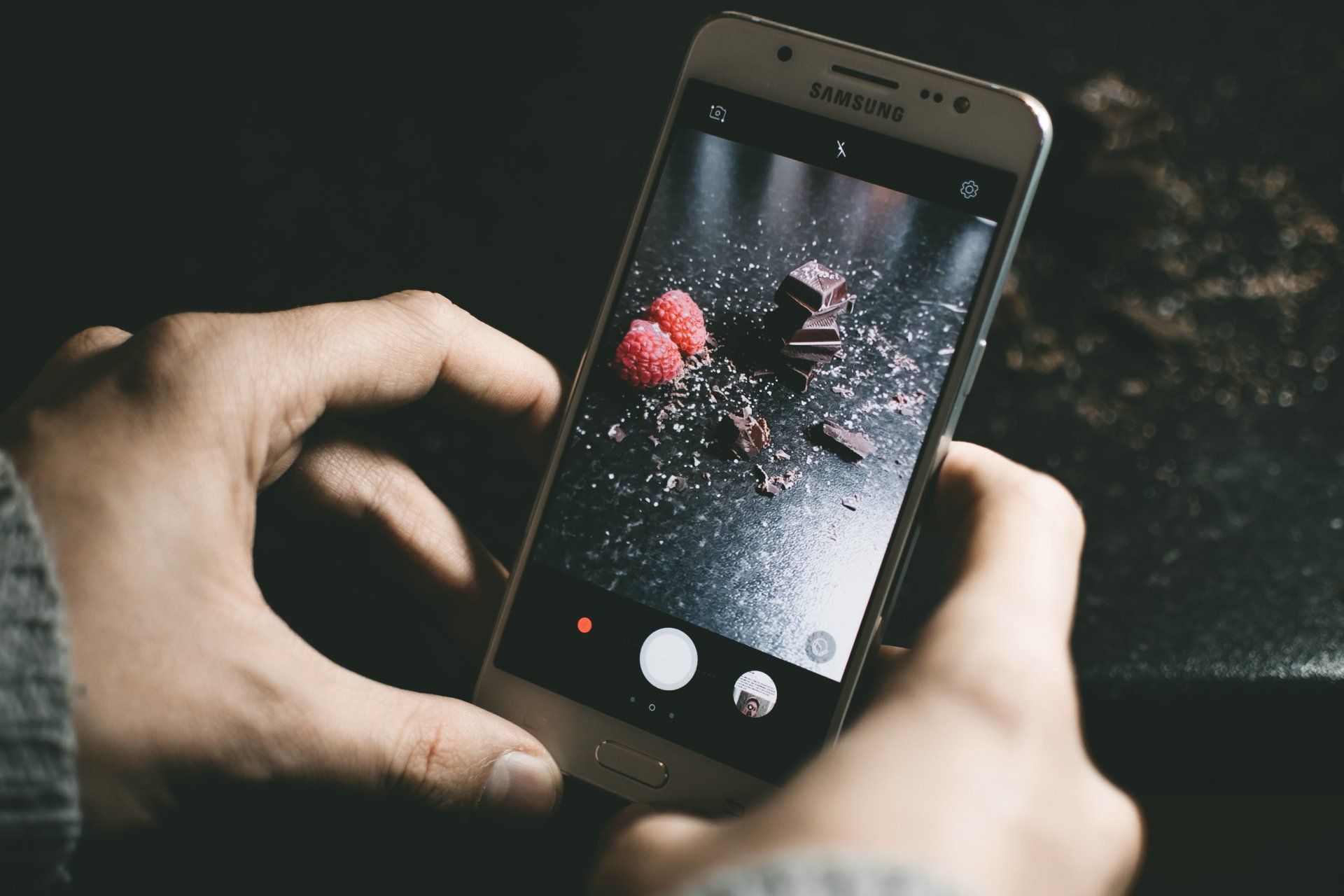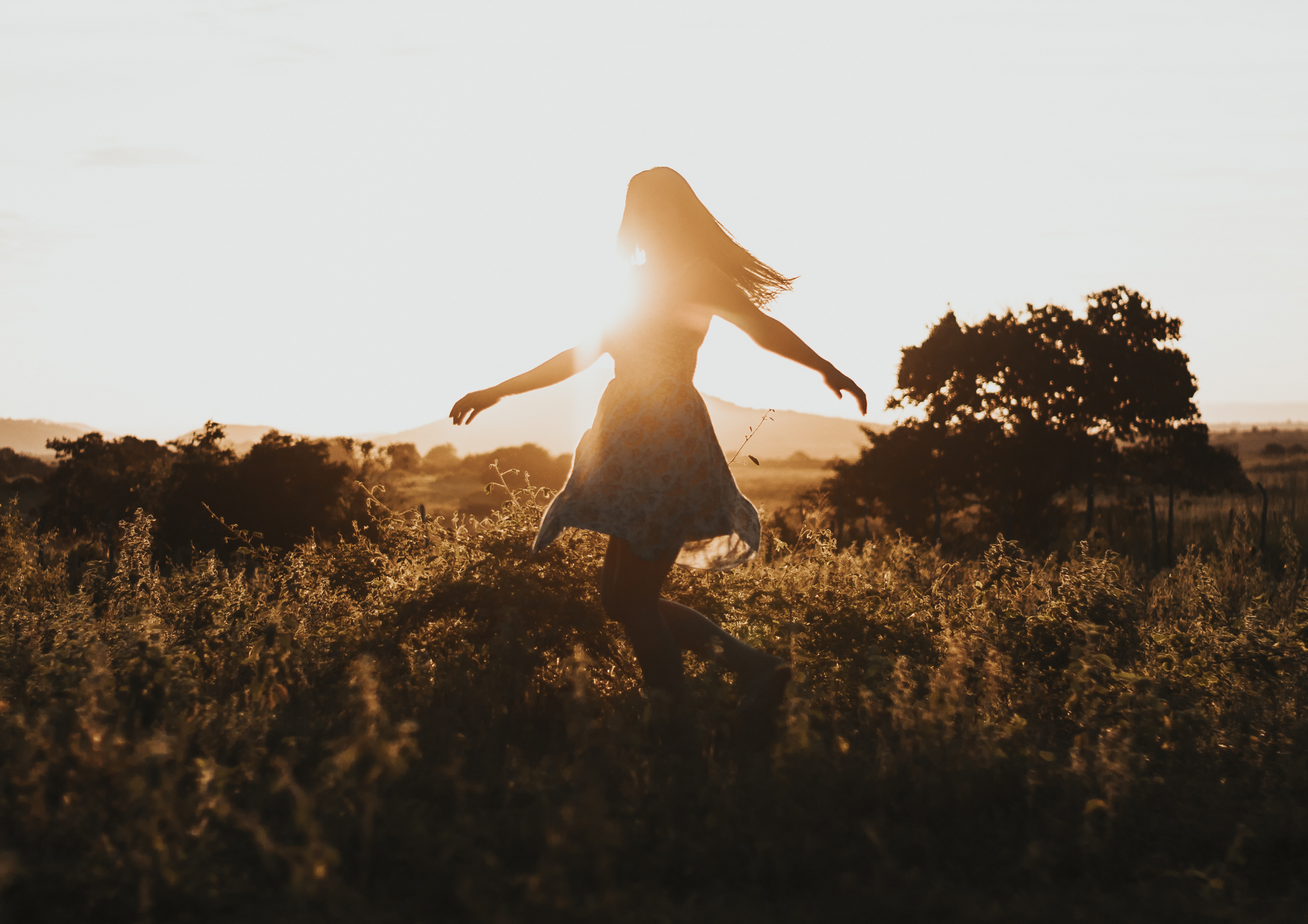Exploring Creativity: a 'Process' Perspective
Integrating the Creative 'Process' in Coaching

When thinking about creativity, we might think about particular innovations or art works, or maybe specific people who seem to embody stereotypes of a creative person. It is not often that we focus on the process aspects of creativity. Yet, understanding creativity as a process is expansive as it broadens the notion of what creativity is and who can be creative. The process lens offers a non-elitist perspective on creativity; one that is inclusive and accessible for all of us. When we understand creativity as a process, it opens the door for each and every individual to re-discover the in-built creativity they possess but rarely use as an adult. From this perspective, it is the creative process or journey that merits special attention and its potential to generate transformative thoughts and positive emotional experiences.
Graham Wallis (founder of the London School of Economics) in his book ‘The Art of Thought’ (1926) made an important early attempt at synthesising key elements of the creativity process. His model identified 4 key phases: preparation, incubation, illumination and verification. Preparation, in his model, involved a ‘hard, conscious, systematic and fruitless analysis of the problem.’ Roughly speaking, this corresponds to a phase where fact-finding, generating new ideas, imagining a variety of possibilities, exploring different options preoccupies. The next stage, Incubation was where the work of the unconscious mind takes over. It is here that the thinking cogs of the mind keep turning in the background, mixing and mashing disparate snippets of information, searching for possibilities. Emerging in the Illumination phase is ‘the appearance of the happy idea’, the ‘aha’ connection, accompanied by the psychological experiences associated with it. Finally, the Verification phase, where the ‘idea’ is validated through exploration, testing and feedback. Though the model should not be taken too literally, it does provide us with a useful starting point.
The idea that the creativity process contains several different processes has been echoed by other writers. Ken Robinson, in his book, The Element – How Finding Your Passion Changes Everything, when exploring the creative process emphasises that the different phases are not linear, do not necessarily manifest in a predictable sequence, and can interact with each other in unexpected ways. Claire Bridges, In Your Creative Element – The formula for creative success in business, likens the different parts of the creative process as ‘mental lego’ and identifies different emotions and aspects of mind that might be involved at different points in the process of creativity.
These attempts as synthesising aspects of the creative process provide a useful mental model for those keen to explore the relevance and potential of creativity within coaching. Generally, this will involve using media of some sort as a stimulus to develop ideas. The choice of media is endless, with possibilities ranging from painting, poetry, song writing, photography, writing, modelling materials, collage, dance, mathematics, science, mapping, designing….and so on. Different media help us to think in different ways and can prompt transformative integrations of mind, body and soul.
Though theoretical perspectives about the creativity process are important for coaches to understand and know, we now need to get a feel for what could it look like in practice in the coaching space and what value might it add to coaching outcome. Let’s turn now to an example from practice:
This snippet involves the application of photography as the chosen media. The client presented for coaching with a personal goal of feeling more organised and better able to manage her time. Having gained her agreement as part of contracting, a short photography task was set as a ‘between-session’ assignment that would be discussed at the next coaching session. The task was to take 2 self-portrait photographs, using her smartphone – the first one, a self-portrait of how she sees herself in her current situation and the second one, a self-portrait of how she would look in the future, if reached her goal to feel more organised and better able to manage her time. Exploring the visual prompts of her two photographs in the session gave rise to a rich and detailed dialogue. The client reported that she enjoyed the challenge and creativity of the task of translating her thoughts into a visual format. She had to think over a number of days about what to include (and not include) within the future self-portrait picture. After a while, it came to her. She decided to set up the self-portrait, including a number of items that were imbued with meaning and took a number of shots before she settled on one that conveyed the meaning she wanted.
Afterwards, she reported that looking at herself in the photograph afterwards gave rise to new, more compassionate feelings towards herself and her situation. She said the experience had touched her emotionally in a positive way. As her coach, the sharing and talking about photographs enabled a deep emotional awareness of the client’s issue and facilitated a collaborative thinking space that was empowering for client and coach alike.
The technical or artistic merit of the photographs were not relevant here. It was the process of creativity that generated clarity of thought, deepened self-awareness and evoked an emotional connection to the self and a personal goal. It is interesting to note how the process of creativity continued client engagement in the coaching process beyond the session. Maintaining the key ingredients of attention, engagement and self-reflection for longer periods extends the reach of the coaching experience, making transformative learning a more likely outcome.
To sum up, by understanding the ‘process’ of creativity and using this knowledge to integrate personalised creative tasks, coaches can enhance the coaching experience and learning impact for the client.
Keen to learn more about how coaches can apply creativity in the coaching space? Read my next article, ‘What coaches need to know about creativity as a ‘product’ and learn more ways to expand your coaching repertoire with creative tools, techniques and models.









